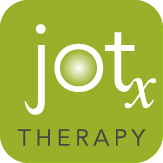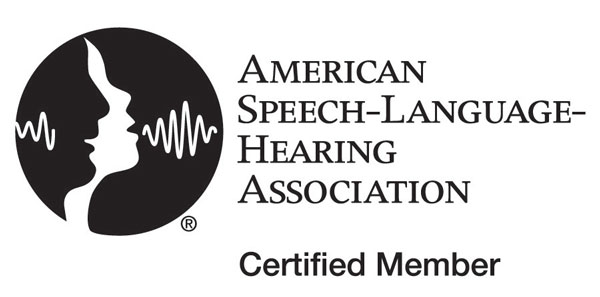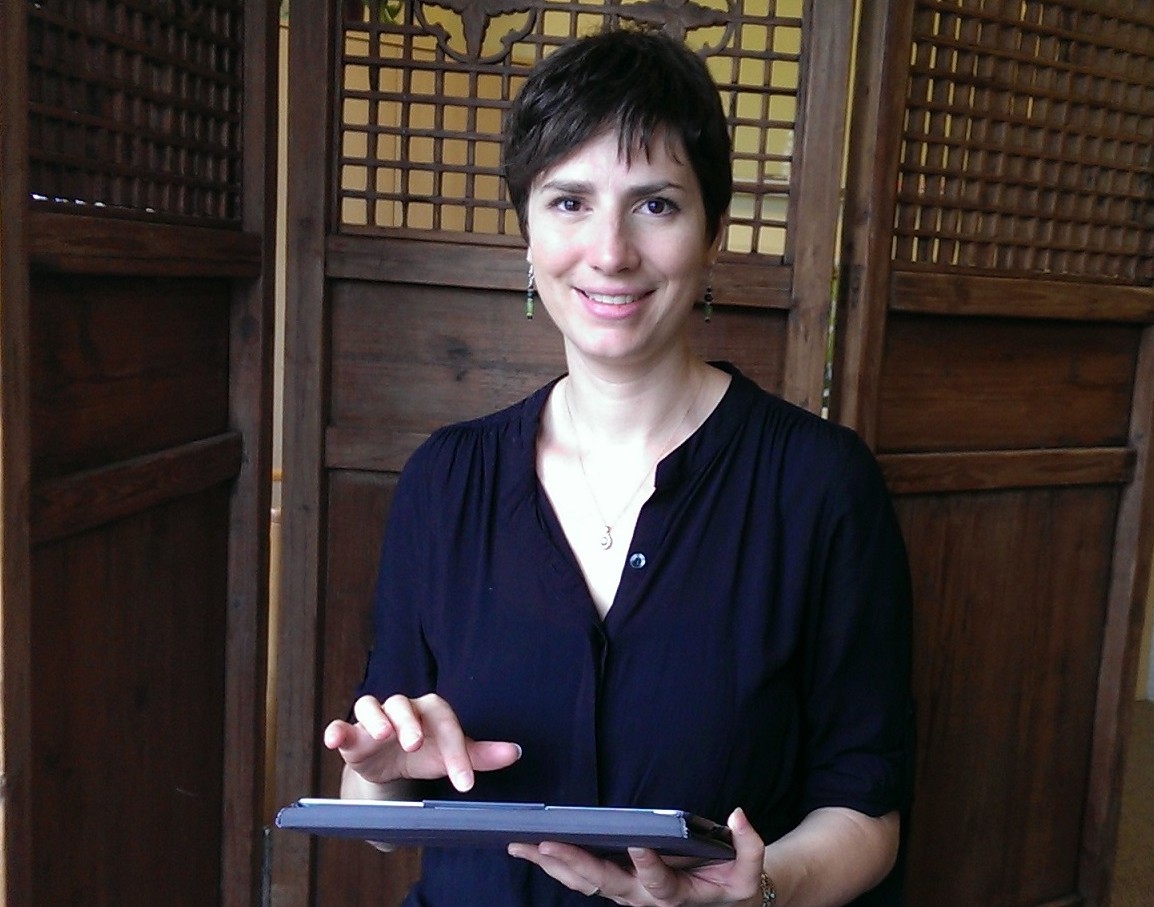It was such a pleasure to attend the ASHA convention in Chicago this year! Hearing Ben and Jerry speak at the opening session was a treat! What personalities! I like people with high entertainment value. They obviously know how to have a good time yet still take care of business. I would have loved the opportunity to hang out with them for a while. Their opening comments underscored the necessity of teamwork. The science of ice cream making and of course selling it, service delivery.
Those two friends are obviously very different people. Complimentary of each other, and still I’m sure they had their disputes. Their words of wisdom for us, “Subjugate your ego.” You have to know your strengths and weaknesses. Assemble a team that rounds out your weakness.
As a small business owner, I appreciate how challenging it can be to do those things. You want a good reputation for your business. You may even be aware of your strengths and weaknesses. Finding people that you trust to either work for you or collaborate with can take time. I often turn to my ASHA colleagues for wisdom when making these decisions.
Here are some great ways to network:
-have a network of local therapists and meet regularly.
-stay connected through professional organizations like the American Academy of Private Practice in Speech Language Pathology and Audiology
-love the ASHA special interest list serves! They connect a network of brilliant and experienced SLPs who are happy to share their knowledge.
-Give back to your community. Local volunteer opportunities and charitable donations are an excellent way to connect with other professionals in the area.




